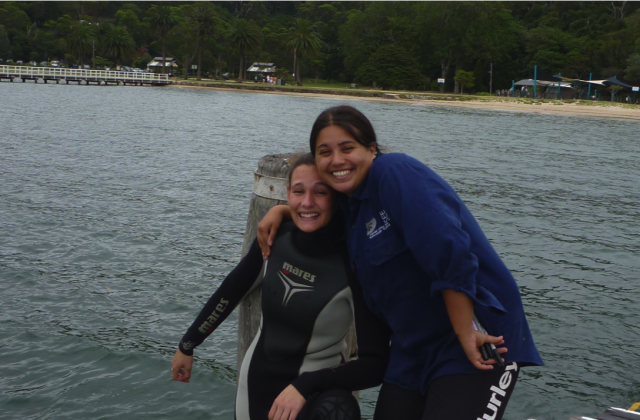Environmental and ecological changes associated with a marina
Rivero, N. K., Dafforn, K.A, Coleman, M.A., Johnston, E.L. 2013 Environmental and ecological changes associated with a marina. Biofouling. 27: 803-815
Abstract
Anthropogenic modifications to waterways are common and their ecological consequences must be understood to effectively conserve local biodiversity. The facilitation of recreational boating activities often requires substantial alteration of natural areas, however the environmental and ecological consequences of such alterations are rarely described in the scientific literature. In this study, ecological and physico-chemical conditions were investigated in a recreational boating marina, located inside a marine park on the south-east coast of Australia. Recruitment panels were deployed for 8 weeks both inside and outside the marina, and differences in the composition of the developing fouling communities were observed. The recruitment of taxa, which often have short-lived larvae, was increased inside the marina (bryozoans, spirorbids and sponges) while the recruitment of taxa, which often have longer-lived larvae, was reduced or absent (barnacles, solitary ascidians and non-spirorbid polychaetes). Differences were also observed in environmental conditions inside the marina cf. directly outside. The marina environment had higher turbidity, temperature and pH along with higher concentrations of lead and copper in suspended sediments, while flow rates and trapped sediment loads were reduced inside the marina. The differences observed in the study suggest that there may be marked environmental changes associated with marina developments. The potential ecological consequences of these changes should be a primary consideration during the planning process, particularly for developments in locations of notable ecological value.

